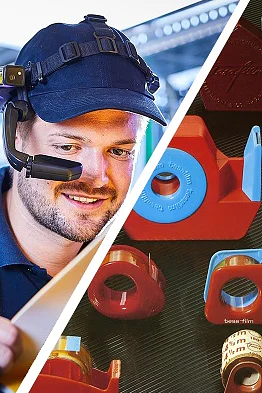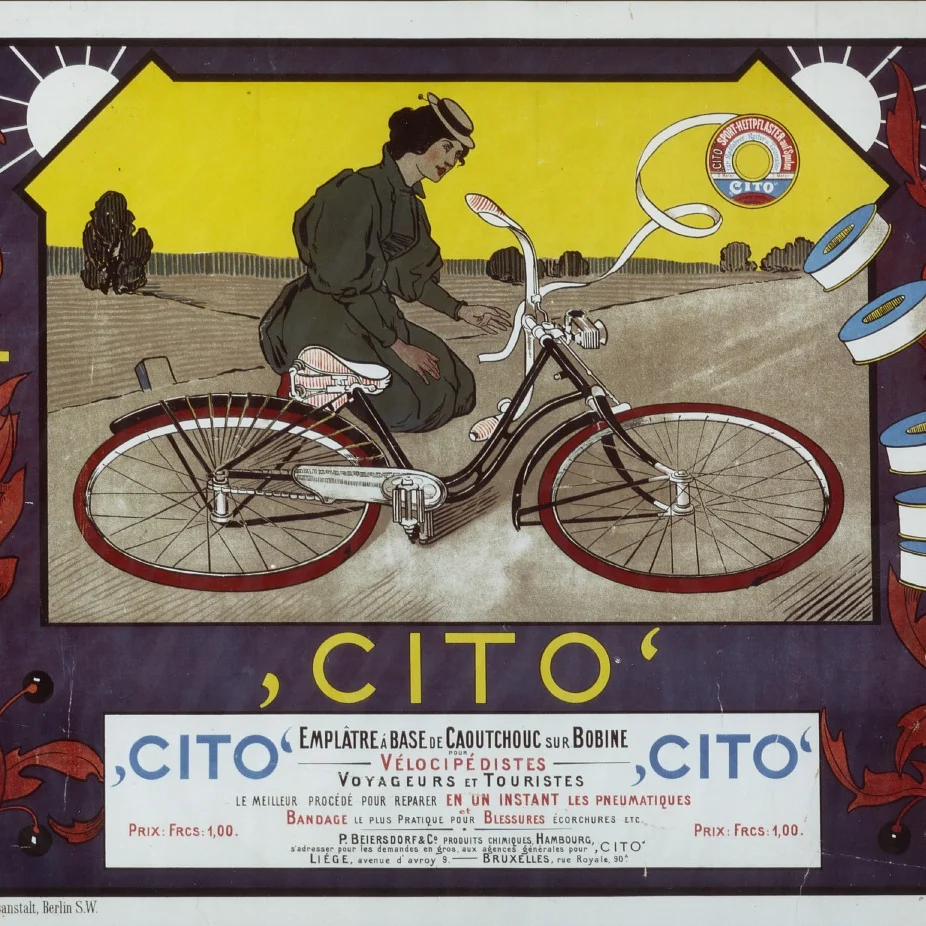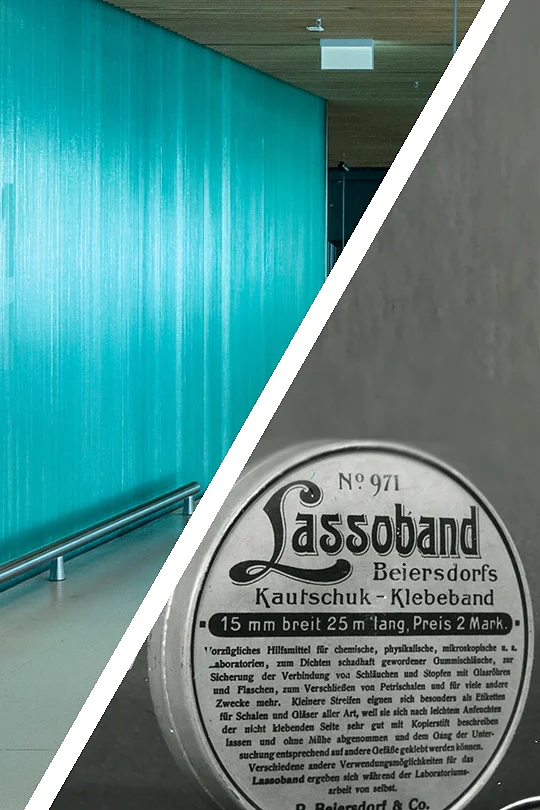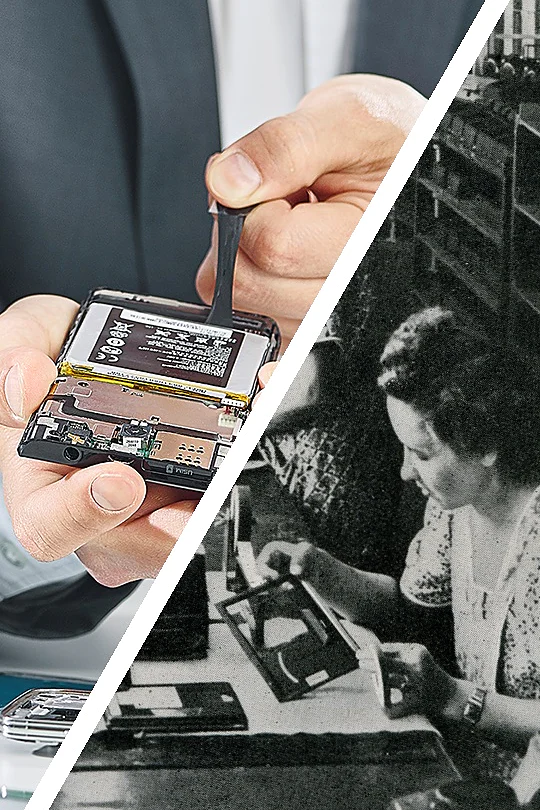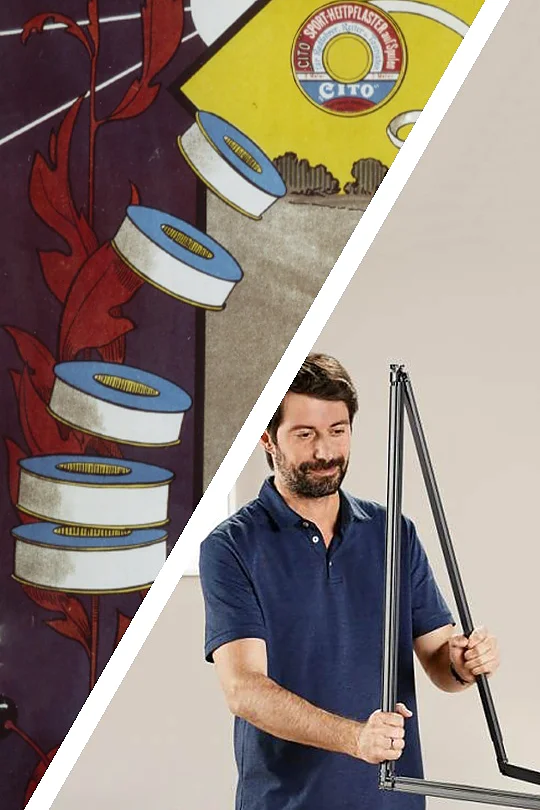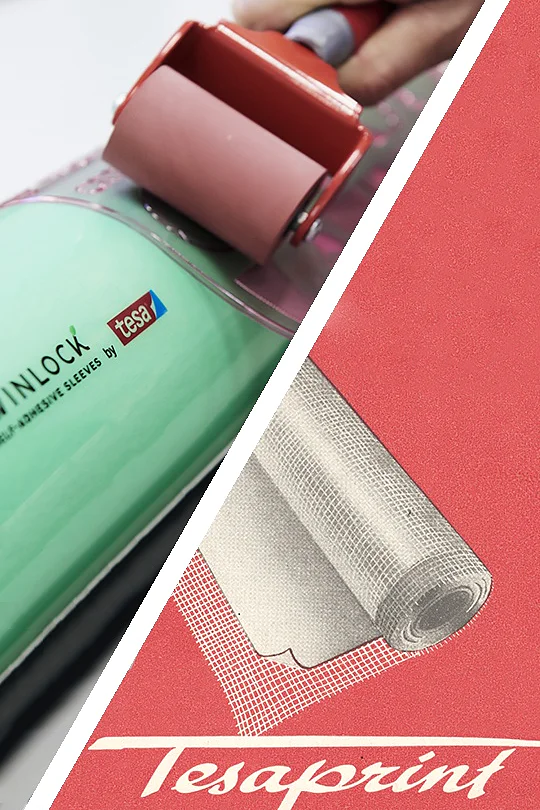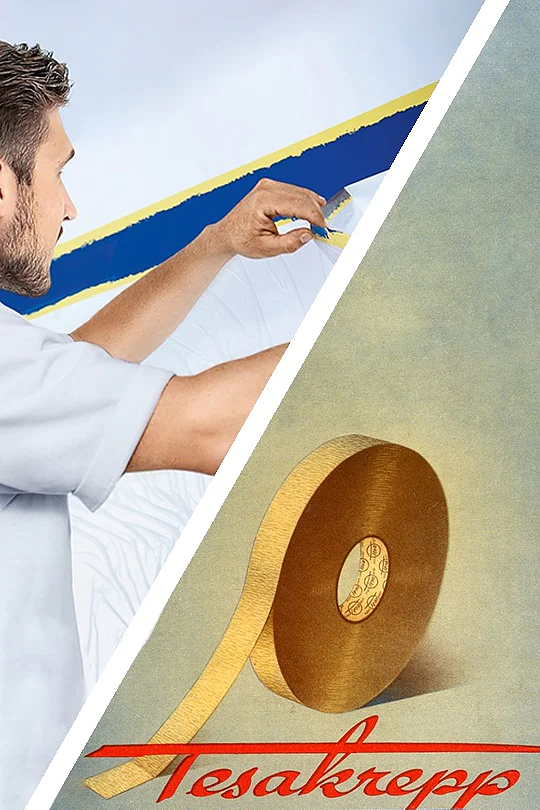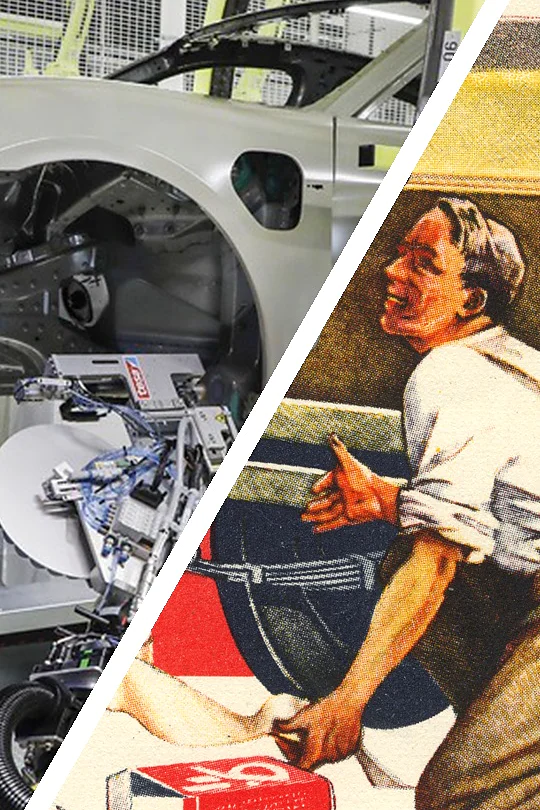For many years, the Automotive division has been the largest pillar of tesa's industrial business: It accounts for approx. three quarters of Group sales (2020: 1,326 million Euro). The multifunctional adhesive tapes can do so much more than just bond, harness or seal parts.
The latest innovations include, for example, the special product tesa® FireGuard, which was developed for the so-called battery footprint in e-mobiles and can endure flames of up to 500 degrees Celsius for six minutes.
This way, in the event of a battery fire, people in the passenger compartment are protected. As an industrial partner with development centers in Germany, China, and the USA, tesa sees itself well prepared for the transition of the automobile into the electric and digital age. Last but not least, the Automotive sector benefits from another large business area within the tesa Group: Electronics. Because today’s automobile moves at turbo speed to turn into some kind of tablet on four wheels ...
